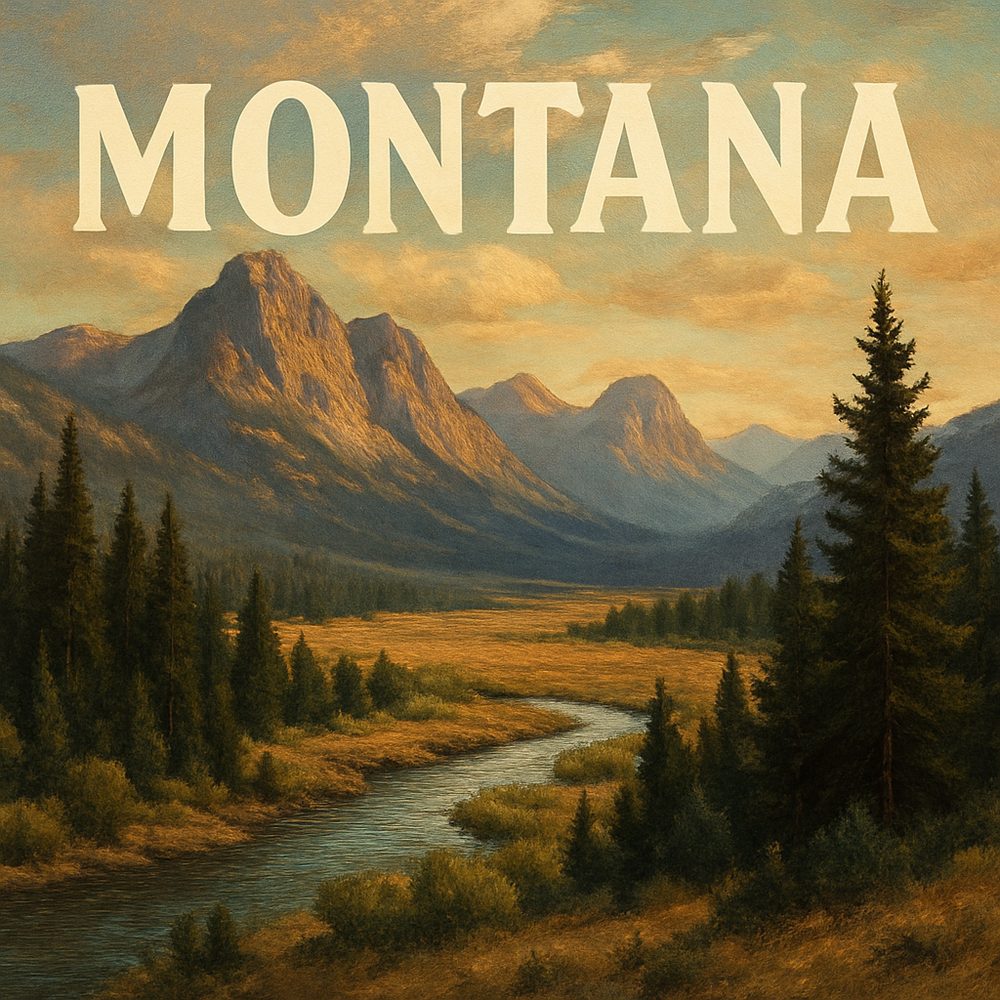Indigenous Culture and Heritage Sites to Explore in Montana

Near the western edge of Montana lies the town of St. Ignatius, about 50 miles south of Missoula, home to the St. Ignatius Mission. Founded in the late 19th century by Jesuit priests to serve the Flathead Indian Reservation, the mission stands out for its vividly painted interior walls adorned with traditional Salish art motifs. Visitors can tour the chapel to see these colorful murals that blend Catholic iconography with indigenous symbolism—a rare and enduring testimony to cultural fusion. The mission’s peaceful grounds and the surrounding mission cemetery offer a reflective glimpse into the complex history of Native and settler interactions in the region. Spring and summer provide the best visiting conditions, with warmer weather allowing for outdoor exploration of the nearby Flathead River and surrounding reservation lands.
In the northern part of the state, about 80 miles northeast of Great Falls, the Fort Benton Historic District invites travelers to explore one of the oldest settlements in Montana. While known primarily for its role in the fur trade and as a steamboat port, Fort Benton also preserves significant connections to the indigenous peoples of the area, including the Blackfeet and Gros Ventre tribes. The museum here contains artifacts and exhibits that tell stories of Native life and trade relationships along the Missouri River. Walking the riverfront trails at dawn brings a quiet moment to imagine how this landscape once supported native communities and early explorers alike. Fall colors add an extra layer of beauty to the riverbanks, enhancing the sense of deep history.
About 25 miles west of Billings, on the Crow Indian Reservation, the Little Big Horn Battlefield National Monument marks a pivotal moment in Native American history. The site commemorates the 1876 battle between the U.S. 7th Cavalry and the combined forces of the Lakota, Northern Cheyenne, and Arapaho tribes. Visitors can follow a self-guided driving tour or hike the extensive trail system that weaves through key areas of the battlefield. The monument’s visitor center features detailed exhibits and oral histories from the Native perspective, making it a powerful place to understand the resistance and resilience of the indigenous warriors. Autumn afternoons offer a quieter, contemplative visit when the grasses turn golden and the crowds thin.
In the southeastern corner of Montana, about 60 miles south of Glendive, lies Makoshika State Park, a vast badlands area that encompasses sacred sites for the Assiniboine and other Plains tribes. The park offers several hiking trails through impressive geological formations, including the Overlook Trail, which affords sweeping views of the colorful cliffs and the Yellowstone River valley below. Makoshika’s combination of striking geology and cultural significance provides visitors a vivid connection to the landscape that shaped indigenous life. Summer mornings, before the heat sets in, are ideal for exploring the trails, with the light highlighting the unique textures of the sedimentary layers.
Head west from Helena roughly 40 miles to the Gates of the Mountains Wilderness, a dramatic canyon carved by the Missouri River that Lewis and Clark famously navigated. This area remains spiritually important to the Salish and Pend d’Oreille tribes. Visitors typically explore by boat, taking guided tours that reveal pictographs and petroglyphs etched into the cliff faces—direct, tangible expressions of indigenous artistry and storytelling preserved in stone. The towering limestone walls and the river’s winding course create a truly immersive experience. Early summer, when the water levels are steady, offers the best conditions for boat tours, with wildflowers blooming along the riverbanks enhancing the scene.
In the heart of Helena sits the Montana Historical Society Museum, a place where visitors can delve into indigenous culture through extensive collections of tribal artifacts from across the state. The museum’s Native American Gallery features beadwork, clothing, tools, and ceremonial objects that together tell a nuanced story of Montana’s original inhabitants. Special emphasis is placed on the Crow, Blackfeet, and Salish tribes, with rotating exhibits highlighting ongoing tribal traditions. The museum’s central location makes it a convenient stop to gain context before venturing out to sacred sites or reservations. Winter months, when outdoor travel is limited, are a perfect time to immerse oneself in these indoor exhibits.
Not far south of the Canadian border, about 35 miles east of Havre, the Bear Paw Battlefield State Park offers another significant site tied to indigenous history. It marks the site of the final conflict between the Nez Perce tribe and U.S. forces during the 1877 flight of Chief Joseph. Visitors can hike a modest trail that climbs to a vantage point overlooking the battlefield, where interpretive signs provide insight into the difficult journey and resistance by the Nez Perce people. The park’s high plains setting, especially in late spring, blankets the area with wild prairie flowers, lending a poignant beauty to this place of both struggle and peaceful reflection.
Each of these destinations invites travelers to witness Montana’s deep indigenous roots through places where history and culture remain alive in the landscape and stories. Whether walking painted mission walls, hiking badland trails, or following river canyons etched with ancient art, visitors can experience the enduring presence and spirit of Montana’s native peoples across the state.